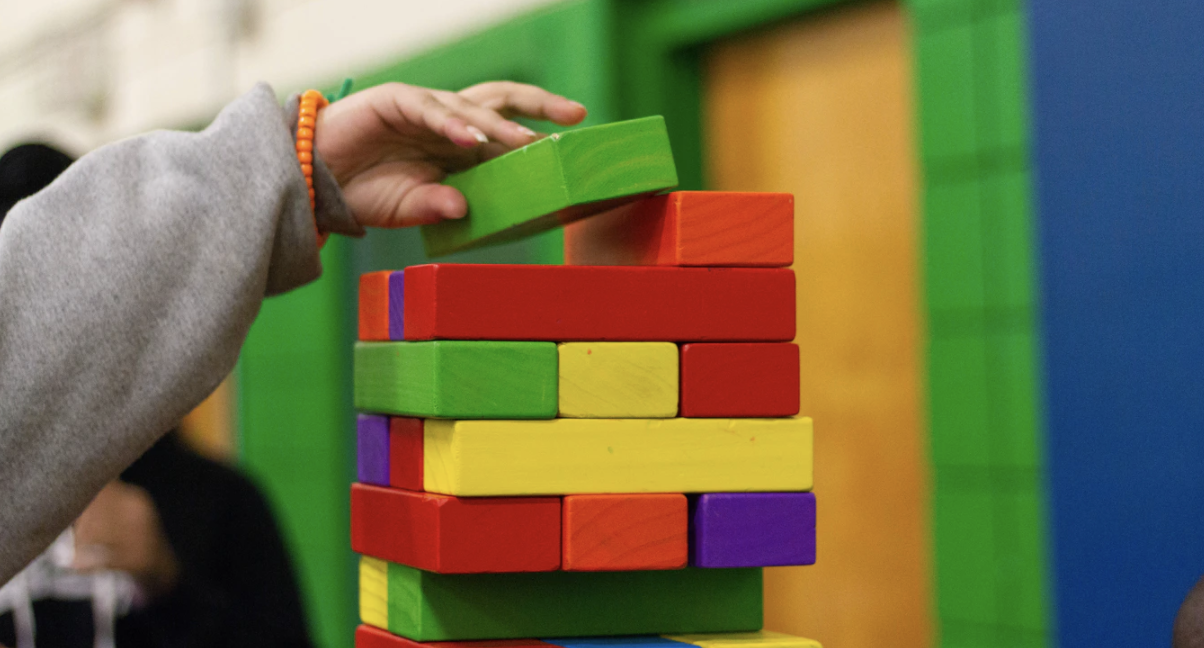
New forecasting model helps children’s health care organization weather the storm: Kids’ health care not-for-profit organization
Natasha Raffa
Two years ago, I had the pleasure of working with a not-for-profit organization to help them redesign their go-to-market approach following significant changes to the regional government funding model.
Our analysis and forecasting accounted for different scenarios, but no one knew what lay ahead with COVID-19. The pandemic presented several challenges over the past two years that made this children’s health care organization question how they could ensure the sustainability of their service offering. We re-engaged with the team to refresh our financial forecasting and consider program changes to ensure long-term sustainability, given a variety of unknowns. During this decision-making process, three main themes emerged:
- You can’t predict everything: There will always be external impacts, like COVID-19, which may not even be in your consideration set. This stresses the importance of ensuring the organization is flexible and can react quickly – a skill showcased by many businesses that weathered COVID-19. At SATOV, we quickly go to work with the organizations financial team to develop a model to test how different staffing and programming changes would help weather this storm.
- Control what you can and take the easy wins: Given the inability to predict everything, as an organization you want to make sure you are taking actions internally to control what you can. In working with this organization, we determined levers that would increase program profitability and counter the impact of negative changes to demand or funding levels. As mentioned above, the organization couldn’t control the pandemic, but our model provided them with a tool to measure impacts from changing different aspects of their programming (e.g. treatment packages) and staffing levels.
- Hedge your bets: If you have buffer time and finances available to wait before deciding based on a forecast, play it out and keep revisiting predictions and scenarios with every new piece of information until you reach a greater level of confidence to act. I think what I learned was that not every organization is inherently flexible – but, when necessary, people can do incredible things to make the right decisions for children’s health.
